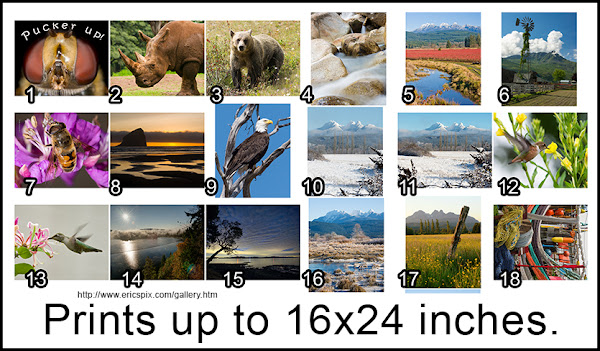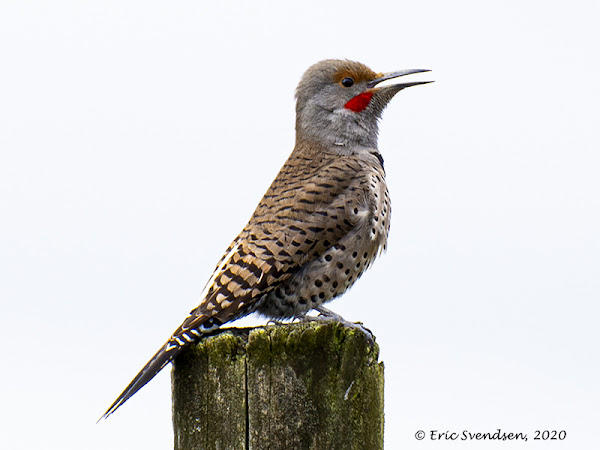The Sherman Tank - 50,000 made!

I have been interested in tanks ever since I lived on the military base at Borden, Ontario, where my dad was a Captain in the Canadian Armed forces. There was a central park that displayed a large number of tanks, mostly vestiges of World War Two. There were one Japanese tank and an assortment of German, American, and even Canadian tanks. I used to go there with my friends, we were all pre-teenagers, and climb them and engage our imaginations to their fullest potential. I also built tank models from the same era; for some reason, there was a fascination with the subject that is still with me today. While we were visiting New Zealand two years ago now (it seems like an eternity) we had a chance to visit the National Army War Museum. It had a stunning collection of more modern tanks such as the Challenger; inside the building was where I found the Sherman tank. Shermans were one on one, no match for most of the Nazi armoured vehicles of the time. However, they held their o























